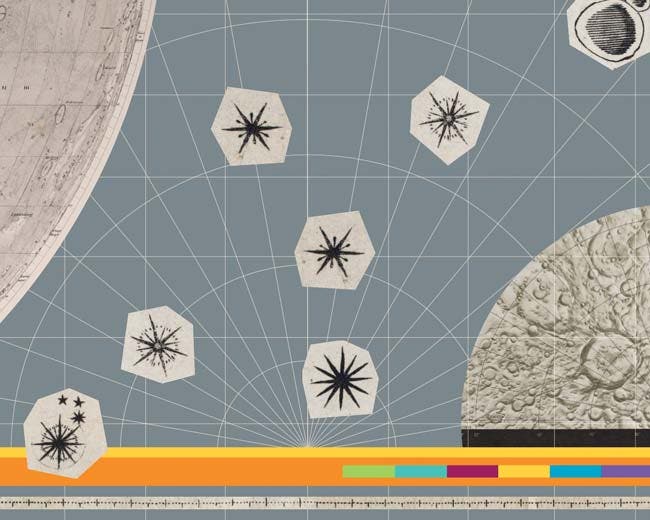Early Telescopic Observations
Telescopic study of the Moon began in the first decade of the 17th century soon after the invention of the telescope.
Galileo Galilei
Galileo was the first astronomer to publish drawings of the Moon based on telescopic observations. In his book, Sidereus nuncius (Starry Messenger), published in 1610, Galileo included copperplate engravings of drawings he had made of the Moon in four different phases. The images were a revelation. Rather than a smooth sphere, Galileo’s observations showed that the Moon, like the Earth, had a rugged landscape of mountains, valleys, and craters.

